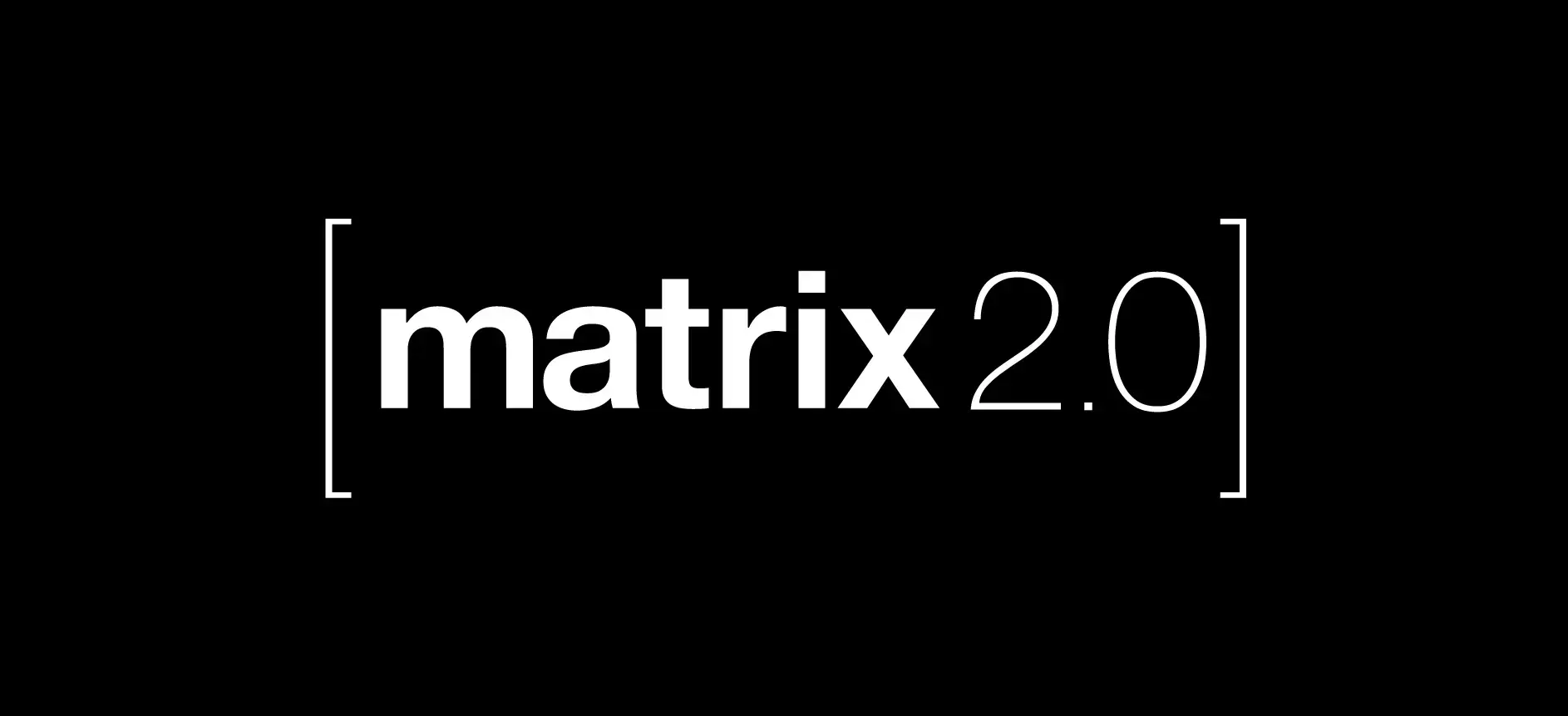- cross-posted to:
- [email protected]
- cross-posted to:
- [email protected]
Highlights include Sliding Sync (instant login/launch/sync), Native OIDC (industry-standard authentication), Native Group VoIP (end-to-end encrypted large-scale voice & video conferencing) and Faster Joins (lazy-loading room state when your server joins a room).



Fair, but it does that in ways that do not deceive its users, as in, what it does it does pretty well.
As far as I’m concerned, Instant messaging was a solved problem 20 years ago, we had practically more features in Yahoo and MSN Messengers (of which XMPP was a superset, for bridging and compatibility purposes), and Whatsapp, telegram and the rest have been removing the most distracting features. What are you missing for effective communication essentially?
Are you talking about ? As far as I remember, it’s pretty upfront about testing the capability but not the implementation (because testing for things like calls is very difficult and network dependent, you won’t get the same behavior from being behind a NAT or a public IP, and the test passing is no guarantee that it will work in the wild. Even
? As far as I remember, it’s pretty upfront about testing the capability but not the implementation (because testing for things like calls is very difficult and network dependent, you won’t get the same behavior from being behind a NAT or a public IP, and the test passing is no guarantee that it will work in the wild. Even  is full of gotchas but is a good step to add to your testing).
is full of gotchas but is a good step to add to your testing).
There will never be a client nor a server that will implement all XEPs, because that’s not desirable: some fringe/IoT/obsolete cases just have no meaning nor use for most users, though there are some compatibility levels, updated regularly, that all maintained clients and developers target (e g. https://xmpp.org/extensions/xep-0479.html ). Under those circumstances you have a pretty good user experience.
But how about the implementation not working so well in practice and with enormous trade-offs, and the leader being essentially a marketing agency running for funds while covering up those trade-offs or blatantly lying about them?
Beyond the facade of new vector’s products, Matrix is as much fragmented if not more. Why would it be otherwise? Nothing is fundamentally better: there’s a spec and people chasing it. Except that in the case of Matrix, the spec is just there for reference and eventually consistent with what’s in the code of synapse running matrix.org, which is actually what matters (and might be quite different from what your server is doing for a bunch of good and bad reasons). I’ve bumped into more client to server and server to server incompatibilities hosting Matrix for few months than I did over years and years of operating XMPP. Things are just so much more stable and mature there (and slow, and boring, which users and admins alike tend to appreciate for something so central to their lives).
AFAIK, none of that existed 20 years ago and all of that are features that expected of any basic messenger.
GOTO 1. It’s the best one that we have (in practice) and it’s open source. If leadership ever becomes a real problem, it can be replaced.XMPP had that in 2002, before emojis was a thing outside japan :)
https://xmpp.org/extensions/xep-0038.html
2006: https://xmpp.org/extensions/xep-0201.html
2003: https://xmpp.org/extensions/xep-0080.html
2006 (see reactions)
Which media? You had whiteboards in 2001 (https://xmpp.org/extensions/xep-0010.html), games in 2002 (https://xmpp.org/extensions/xep-0047.html), stocks in 2003 (https://xmpp.org/extensions/xep-0067.html), rich text (beyond markup) in 2003 (https://xmpp.org/extensions/xep-0071.html), mood (https://xmpp.org/extensions/xep-0107.html), activity (https://xmpp.org/extensions/xep-0108.html), maps (https://xmpp.org/extensions/xep-0110.html), tune (https://xmpp.org/extensions/xep-0118.html), co-browsing (https://xmpp.org/extensions/xep-0151.html), calls (https://xmpp.org/extensions/xep-0166.html), serverless (https://xmpp.org/extensions/xep-0174.html)
and all those were added to XMPP because they were in widespread use in the popular messengers of that era (for the history lesson, XMPP was built first and foremost to bridge and unite all messengers). So, yeah, the trend has been going towards simplification over the years, not the opposite, and there were many many things that you could do in MSN Messenger in 2005 that you won’t be able to do in FB/WA/TG/Matrix/… :)
XMPP had all that, but there was no single application that implemented all of that. What we had was a hodge-podge of different applications, each trying to have their thing built into the standard but not really ever becoming an universal implementation. The fact that you can point to 11 (eleven!!) different XEPs as a response to “media embeds” should be a point of shame, not of pride.
I understand your defense of open standards and I’d love if the bazaar model could’ve worked for XMPP. Unfortunately, it didn’t. It is taking a Cathedral to come up and implement something that is at very least workable in all major platforms and still open for those that want to deviate from the main effort.
Is the Cathedral perfect? No, of course not. No institution ever is. But I can have my wife and my parents install Element on their phones (android or iOS) and be talking with them in less than 10 minutes, but I can not do the same with XMPP without having to accept a huge amount of compromises.